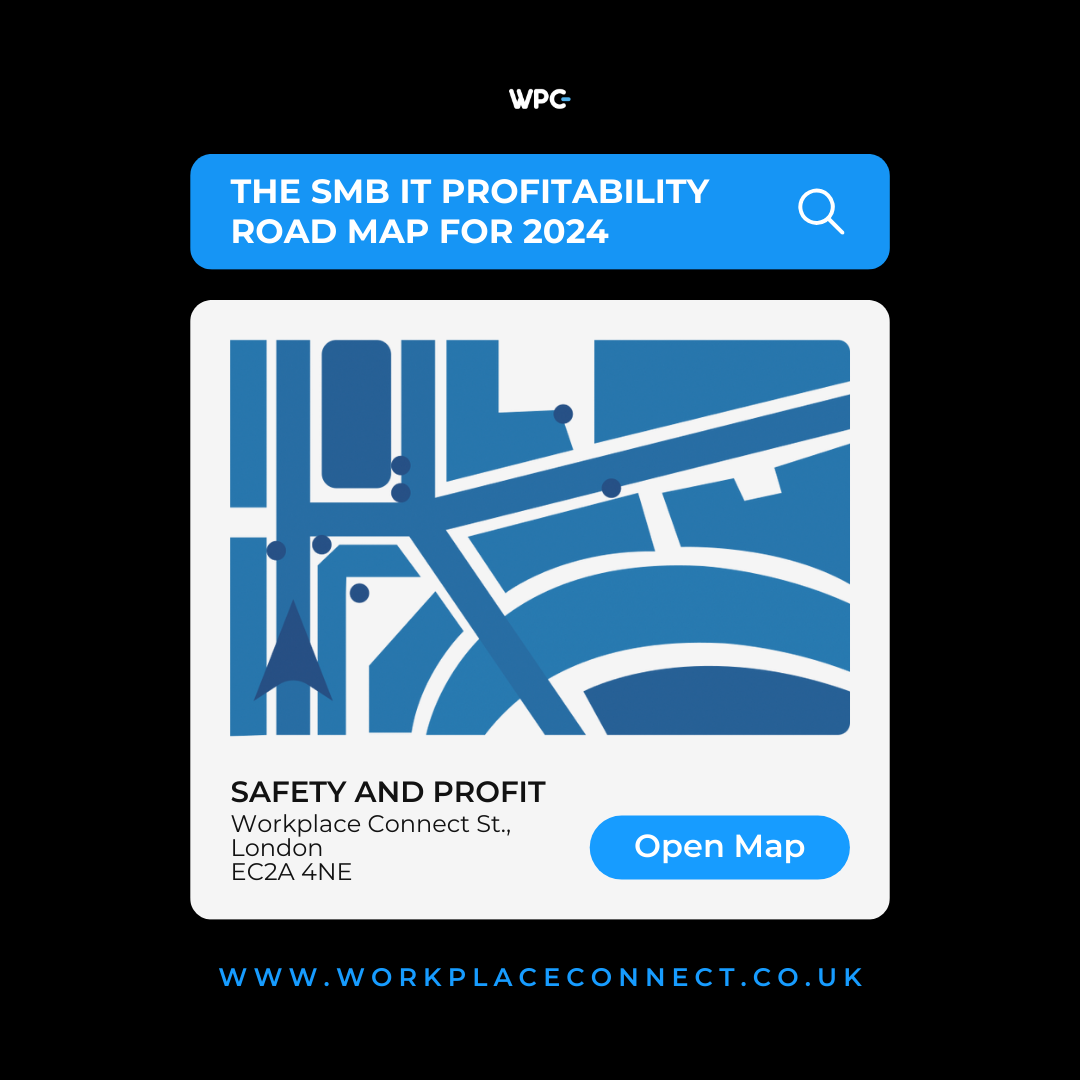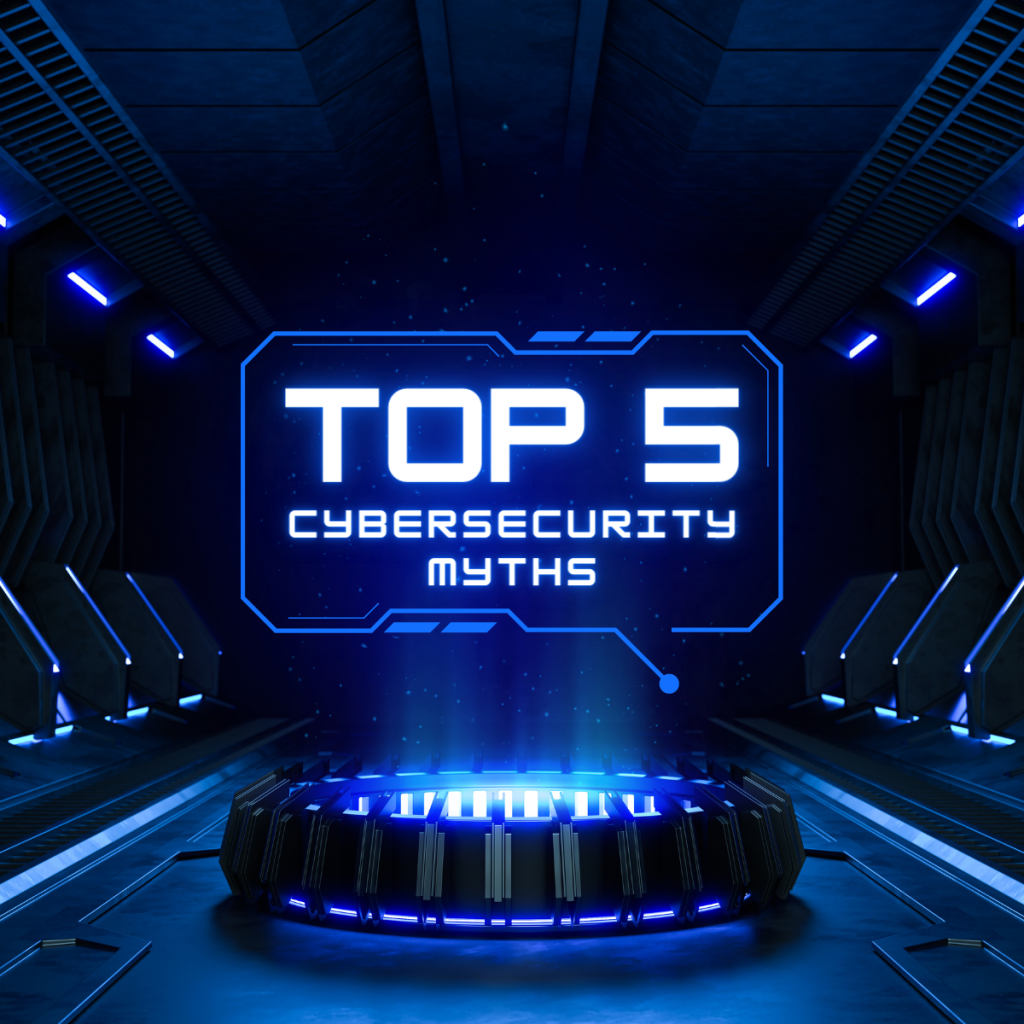Navigating IT Profitability
One of the first things to look at in your organisation is the technology you use daily if your goal is to increase profitability and reduce expenses in 2024 without sacrificing output or efficiency.
We’ve developed a road map that you can use to travel step-by-step through your company and find areas where you may increase operational efficiency by using new or improved technology or by making cost savings.
Technology Inventory:
-
- Make a thorough inventory of all the technology you now own, including the peripherals like printers, monitors, keyboards, and software licences as well as hardware.
-
- Decide which outdated or unused equipment can be improved or retired.
Software Licencing And Subscriptions:
-
- To ensure compliance, go over all software licences and subscriptions.
-
- Determine which software is redundant or not in use, then cut costs.
Cloud Services Optimisation:
-
- Analyse how you use cloud services and think about resource optimisation based on real demands.
-
- Keep an eye on and modify cloud service subscriptions to align with changing business needs.
-
- Examine cloud-based service security measures to make sure there is no chance of a data leak. Make sure to address this issue as it may be costly to ignore.
Energy Efficiency:
-
- Use energy-saving techniques, such as server consolidation, energy-efficient technology, and data center cooling optimisation.
-
- To cut down on the amount of physical servers and save money on hardware and energy, think about virtualisation.
Remote Work Infrastructure:
-
- Enhance remote work functionality to facilitate adaptable work schedules. This kind of inefficiency raises the risk of cyber security, drives up prices, and reduces productivity.
-
- For remote access, spend money on virtual private network (VPN) solutions and safe collaboration tools.
Data Storage Optimisation:
-
- To free up primary storage, determine your demands for data storage and put data archiving techniques into practise. Are you keeping unnecessary documents on file? Should I delete any redundant files?
-
- For cost-effectiveness and scalability, think about cloud storage solutions.
Network Performance:
-
- To guarantee quicker and more dependable data transfer, minimise downtime, improve user experience, and promote cost savings, you need to routinely analyse and optimise network performance. This will eventually help your business operations run more smoothly and successfully.
-
- Set up quality of service (QoS) settings to give important apps and services a top priority.
IT Security Measures:
-
- Update and patch software frequently to fix security flaws.
-
- Make sure that your anti-virus, anti-malware, and other security programmes are current and functional.
-
- To stop security breaches, regularly conduct employee training sessions and security audits.
NOTE: This is not an exhaustive list of cyber security measures. It should be your top priority to have an expert examine your security solutions if you haven’t already. Data breaches are costly and have the potential to close a company. Call us today!
IT Help Desk Efficiency:
-
- To expedite assistance requests, implement or improve an IT help desk system.
-
- Enhance response times and resolution rates by tracking and prioritising IT issues with a quicker, more effective ticketing system.
Mobile Device Management (MDM):
-
- Manage and secure staff mobile devices by implementing MDM solutions.
-
- Enforce procedures that guarantee the protection of data on devices that the company provides or that you bring your own.
Vendor Management:
-
- Examine vendor contracts, try to work out better terms, or look at more affordable alternatives.
-
- When feasible, combine providers to streamline administration and maybe cut expenses.
-
- To make sure your data is as safe as possible, assess the cyber security policies of your vendors. You remain responsible even if they are compromised and your data is made public.
Employee Training Programmes:
-
- Offer continual training courses to improve staff members’ IT knowledge and abilities.
-
- Employees can individually troubleshoot common difficulties and save support expenditures.
Energy-Efficient Hardware:
-
- To cut electricity bills and promote environmental sustainability, choose energy-efficient gear.
-
- When replacing outdated equipment, think about switching to newer, more energy-efficient ones.
Paperless Initiatives:
-
- Investigate paperless options to save money on document storage and printing.
-
- Use digital document management tools to save money and operate more efficiently.
Telecommunications Optimisation:
-
- Examine your communication costs, and think about renegotiating your contracts or looking into different providers.
-
- Voice over Internet Protocol (VoIP) offers scalable and reasonably priced communication options.
Business owners can improve their IT infrastructure, boost efficiency, and realize cost reductions that go toward total profitability by methodically tackling these areas. By periodically reviewing and revising this checklist, companies may maintain their agility in the dynamic realm of technology and business processes.
Our staff is available to assist you in carrying out the tasks on this list. To arrange a free consultation with our experts, call us today! During the conversation, we will go over the requirements for your business and address any questions you may have.







